The unmet demand for finance for housing is massive. Read below what some e-MFP members are doing to fill this gap:
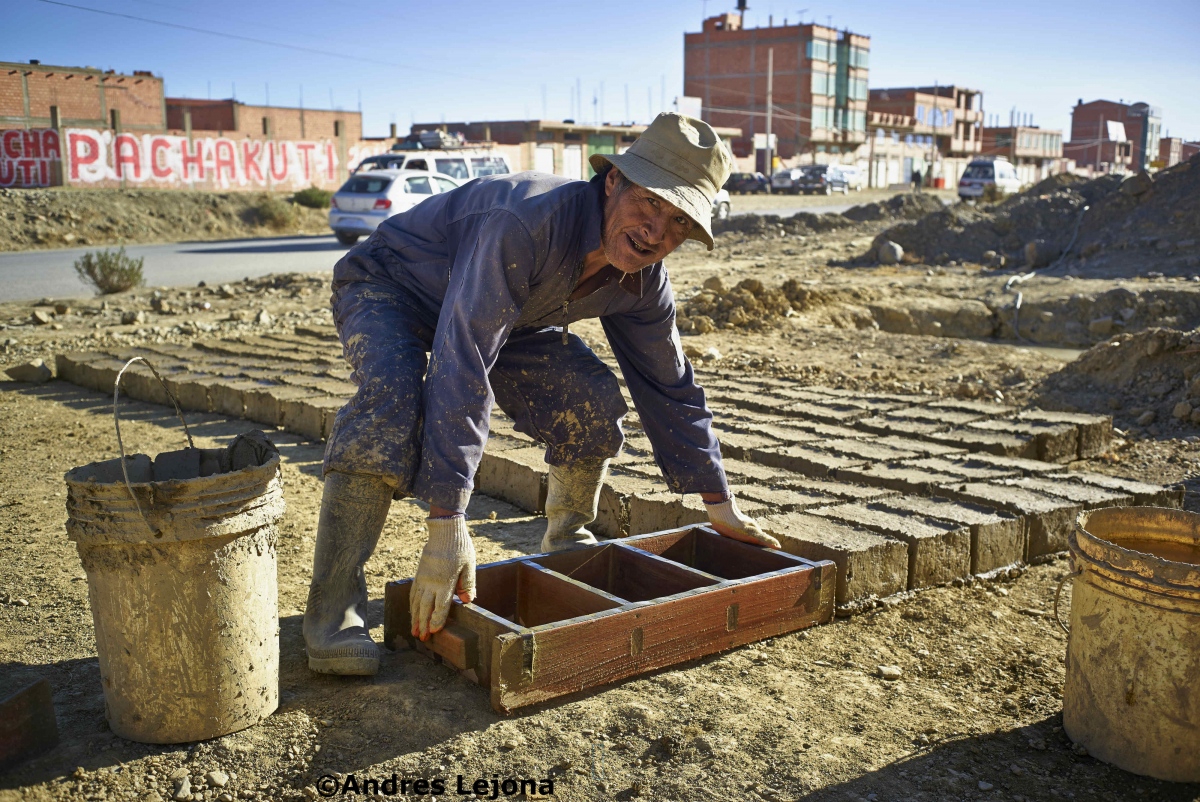
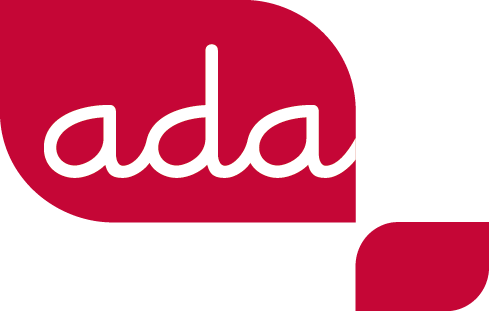 Access to adequate housing is considered a basic human right. However, around half of the population in Central America has no access to housing or lives in inadequate conditions. In addition to this, the microfinance institutions (MFIs) in the region have difficulty expanding their services to housing products due to a lack of appropriate funding and expertise on the subject. With this in mind, ADA has been working in partnership with REDCAMIF (Central American and Caribbean Microfinance Network) since 2014 to develop an approach aimed at supporting the MFIs in the region to develop and offer appropriate financial products for housing... read more
Access to adequate housing is considered a basic human right. However, around half of the population in Central America has no access to housing or lives in inadequate conditions. In addition to this, the microfinance institutions (MFIs) in the region have difficulty expanding their services to housing products due to a lack of appropriate funding and expertise on the subject. With this in mind, ADA has been working in partnership with REDCAMIF (Central American and Caribbean Microfinance Network) since 2014 to develop an approach aimed at supporting the MFIs in the region to develop and offer appropriate financial products for housing... read more
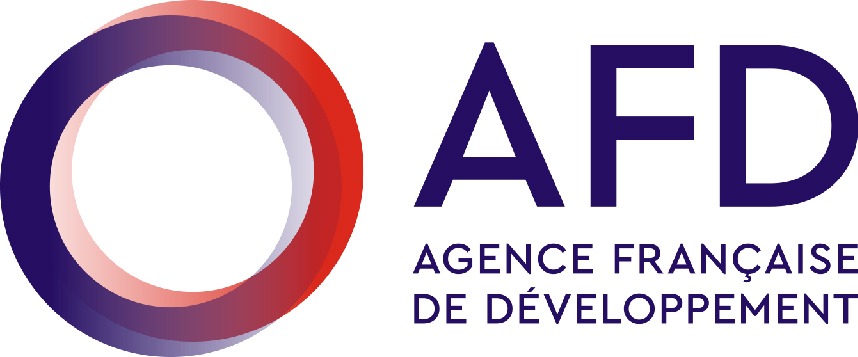 Since 1988, the AFD has been working to promote financial inclusion by supporting financial operators to develop affordable and tailored products to their clients, but also by supporting the development of appropriate public policies, regulatory frameworks and market infrastructure. Housing microfinance is a priority within AFD's financial inclusion strategy. Indeed, one billion new homes are needed worldwide by 2025 and more than one billion people lack adequate housing. Furthermore, UN Habitat estimates that only 3% of the population has viable income for a mortgage. Hence, microfinance is a necessary tool to provide housing to people who cannot access the formal market. AFD’s approach in housing microinance is multi-dimensional ... read more
Since 1988, the AFD has been working to promote financial inclusion by supporting financial operators to develop affordable and tailored products to their clients, but also by supporting the development of appropriate public policies, regulatory frameworks and market infrastructure. Housing microfinance is a priority within AFD's financial inclusion strategy. Indeed, one billion new homes are needed worldwide by 2025 and more than one billion people lack adequate housing. Furthermore, UN Habitat estimates that only 3% of the population has viable income for a mortgage. Hence, microfinance is a necessary tool to provide housing to people who cannot access the formal market. AFD’s approach in housing microinance is multi-dimensional ... read more

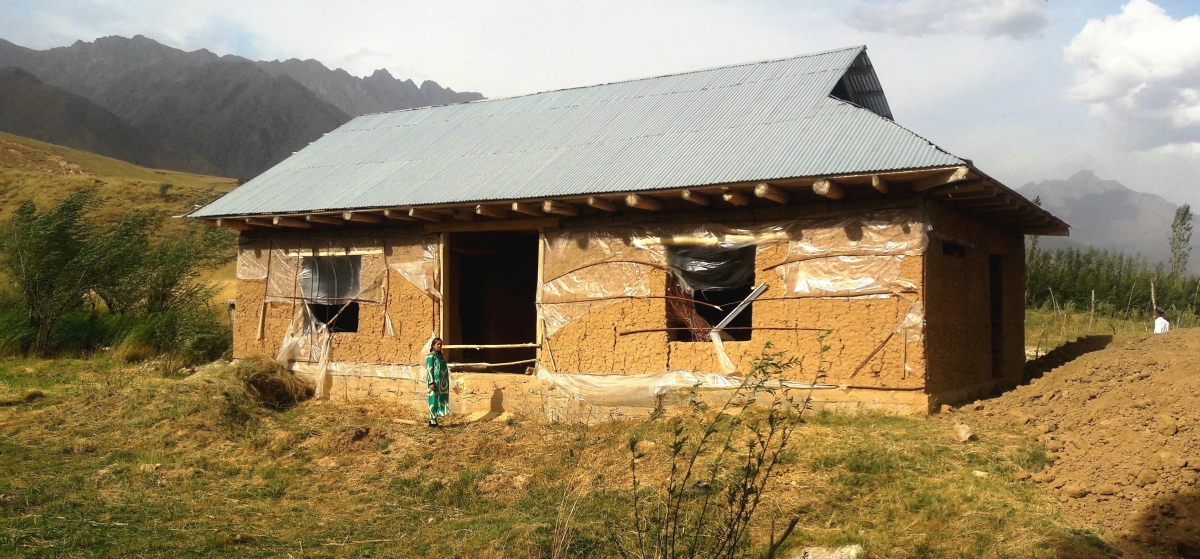 As an agency of the Aga Khan Development Network, the Aga Khan Agency for Microfinance's (AKAM) mission is to improve the quality of life of low-income communities. This includes improving their physical environment and living conditions, in particular housing quality and safety. Providing clients access to housing finance to safeguard and upgrade their homes is a key priority for AKAM and its affiliates. AKAM has a network of 10 microfinance institutions serving half a million borrowers and over one million depositors. Many of these clients live in low-quality, overcrowded housing with poor sanitation, insulation and ventilation. Many also live in areas with high vulnerability to natural disasters or in conflict zones that expose housing to further hazards and damage ... read more
As an agency of the Aga Khan Development Network, the Aga Khan Agency for Microfinance's (AKAM) mission is to improve the quality of life of low-income communities. This includes improving their physical environment and living conditions, in particular housing quality and safety. Providing clients access to housing finance to safeguard and upgrade their homes is a key priority for AKAM and its affiliates. AKAM has a network of 10 microfinance institutions serving half a million borrowers and over one million depositors. Many of these clients live in low-quality, overcrowded housing with poor sanitation, insulation and ventilation. Many also live in areas with high vulnerability to natural disasters or in conflict zones that expose housing to further hazards and damage ... read more

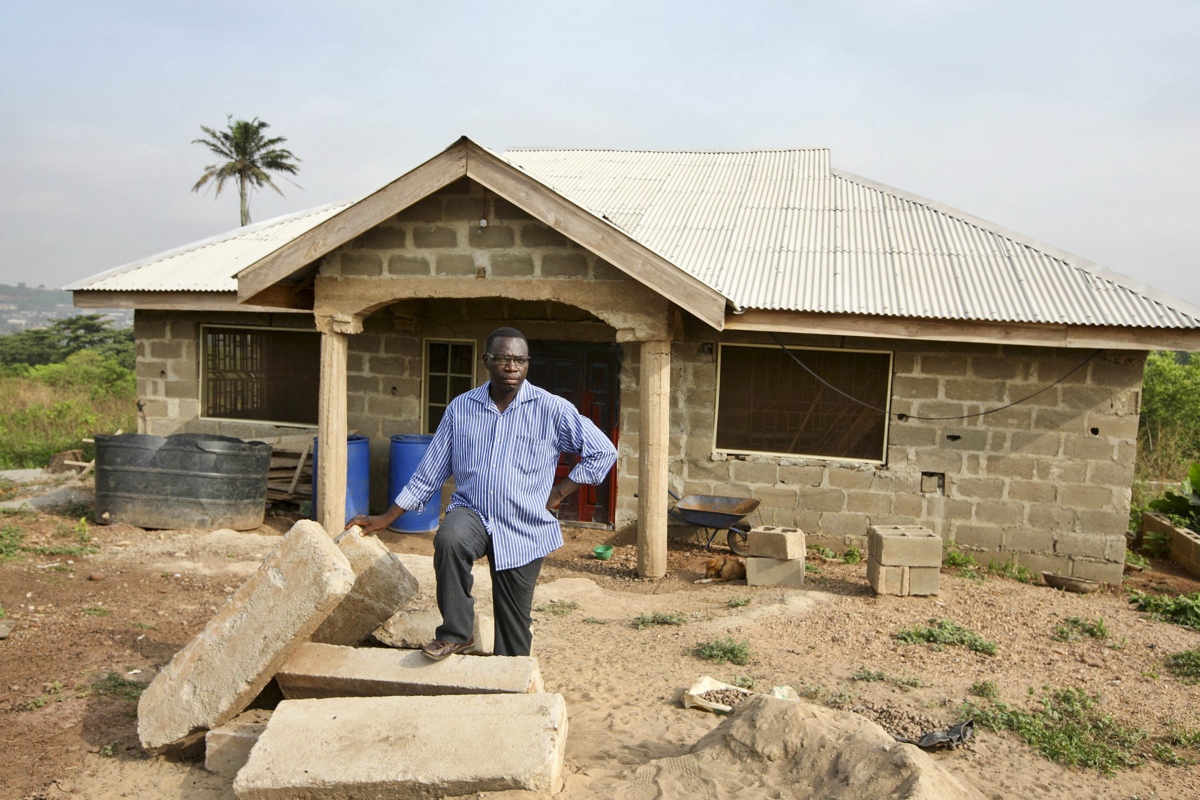 In 2017, Credit Suisse celebrates 15 years of investing for impact, started all those years ago with its microfinance activities. As a global bank, our engagement in financial inclusion is not only part of our corporate responsibility, it makes business sense too. Through our investment products and services, over 5000 clients are investing in impact topics and bringing much needed growth capital to financial inclusion and other social and environmental needs. But capital, we know, is not enough. Capacity building is key to innovation, market development and strengthening the industry's institutions and ecosystems. We therefore complement the Bank's investment activities with our Microfinance Capacity Building Initiative (MCBI). An important focus area is the development of more diverse financial products and services for low income households. Access to housing and all of its related benefits -- improved health and safety, shelter and empowerment -- present an enormous social impact and market opportunity ... read more
In 2017, Credit Suisse celebrates 15 years of investing for impact, started all those years ago with its microfinance activities. As a global bank, our engagement in financial inclusion is not only part of our corporate responsibility, it makes business sense too. Through our investment products and services, over 5000 clients are investing in impact topics and bringing much needed growth capital to financial inclusion and other social and environmental needs. But capital, we know, is not enough. Capacity building is key to innovation, market development and strengthening the industry's institutions and ecosystems. We therefore complement the Bank's investment activities with our Microfinance Capacity Building Initiative (MCBI). An important focus area is the development of more diverse financial products and services for low income households. Access to housing and all of its related benefits -- improved health and safety, shelter and empowerment -- present an enormous social impact and market opportunity ... read more
 Access to decent shelter is a basic need. It is the first target of the UN Sustainable Development Agenda 2030: making cities inclusive, safe, resilient, and sustainable.This goal must be backed up by adequate financing for housing. Therefore, the provision of appropriate financial services is instrumental in improving living conditions in many countries. To promote housing finance, Frankfurt School has been engaged in institution and capacity-building programs for several years across the world. Frankfurt School defines housing finance broadly,ranging from housing microfinance to mortgage lending, the provision of affordable housing to the promotion of energy efficiency in residential buildings.The main working areas are defined under two levels - sector and retail ... read more
Access to decent shelter is a basic need. It is the first target of the UN Sustainable Development Agenda 2030: making cities inclusive, safe, resilient, and sustainable.This goal must be backed up by adequate financing for housing. Therefore, the provision of appropriate financial services is instrumental in improving living conditions in many countries. To promote housing finance, Frankfurt School has been engaged in institution and capacity-building programs for several years across the world. Frankfurt School defines housing finance broadly,ranging from housing microfinance to mortgage lending, the provision of affordable housing to the promotion of energy efficiency in residential buildings.The main working areas are defined under two levels - sector and retail ... read more

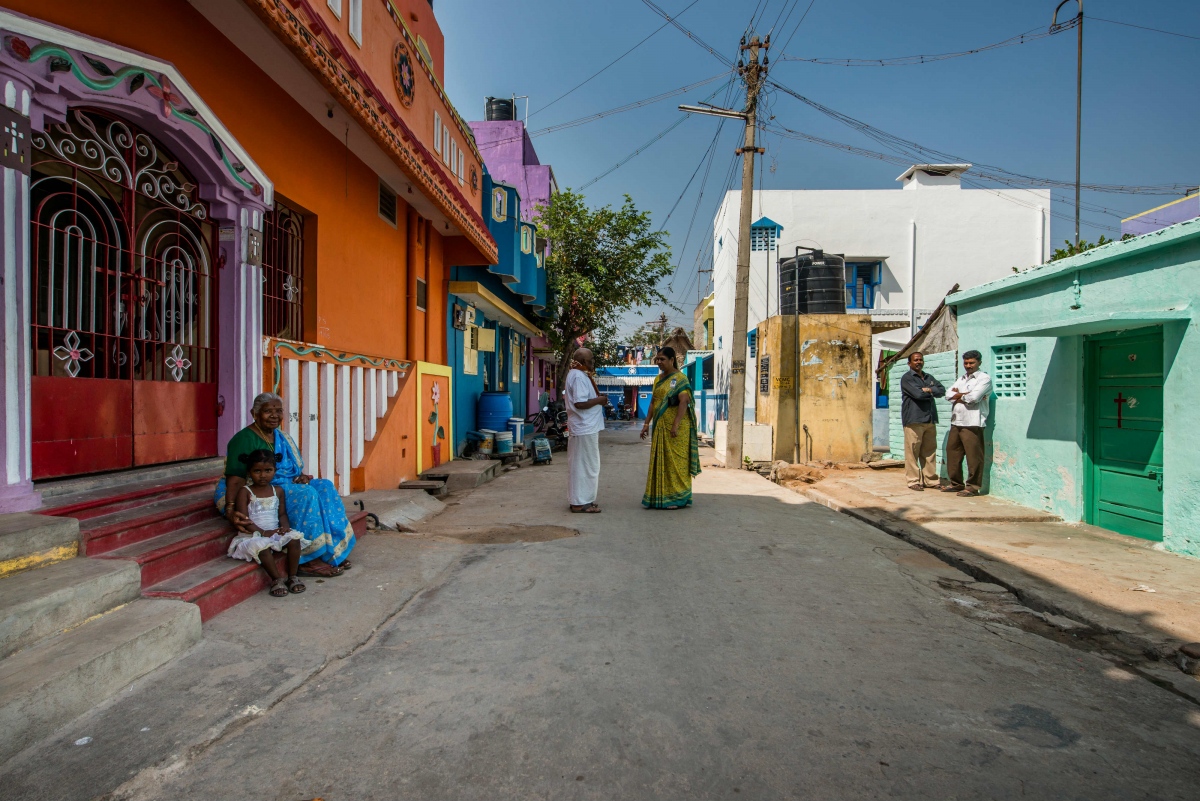 Continued rapid urbanization is driving demand for affordable and suitable housing. However, a lack of solutions for the lowest income families leaves an estimated gap of up to 440 million households or 1.6 billion people living in substandard housing by 2025. Several studies have shown that families lacking decent affordable housing typically are also more likely to experience negative outcomes on health, children’s education, employment and financial inclusion. And while affordable housing is currently not one of our core sectors, Oikocredit recognizes the potential impact a wellfunctioning affordable housing sector can have on low-income communities. In fact, all the way back in 1978, Oikocredit’s first ever loan in India was in affordable housing. We provided a hospital in Vellore in the southern state of Tamil Nadu with a US$ 200,000 loan to provide housing loans of US$ 1,000 each to 200 of the lowest-paid staff at the hospital ... read more
Continued rapid urbanization is driving demand for affordable and suitable housing. However, a lack of solutions for the lowest income families leaves an estimated gap of up to 440 million households or 1.6 billion people living in substandard housing by 2025. Several studies have shown that families lacking decent affordable housing typically are also more likely to experience negative outcomes on health, children’s education, employment and financial inclusion. And while affordable housing is currently not one of our core sectors, Oikocredit recognizes the potential impact a wellfunctioning affordable housing sector can have on low-income communities. In fact, all the way back in 1978, Oikocredit’s first ever loan in India was in affordable housing. We provided a hospital in Vellore in the southern state of Tamil Nadu with a US$ 200,000 loan to provide housing loans of US$ 1,000 each to 200 of the lowest-paid staff at the hospital ... read more
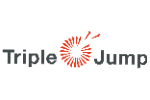 Microfinance (MF) as a viable social business has been around for decades, providing both social impact and reasonable returns to investors. The industry has been a major success in terms of scalability and outreach. Over the years, MFIs progressively improved their product offering and despite its connection to one of life’s most basic necessities (adequate shelter), housing MF only recently started to take off. MFIs worldwide voice the following key reasons why housing MF only recently picked up pace: Lack of tailored external funding for housing loan products; Lack of specific HMF expertise within MFIs; lack of security from clients. Perceiving this need, in 2012 Triple Jump and Habitat for Humanity (HFH) created the MicroBuild Fund (MBF). The fund’s aim is to demonstrate the viability of a return and impact driven low-income housing fund ... read more
Microfinance (MF) as a viable social business has been around for decades, providing both social impact and reasonable returns to investors. The industry has been a major success in terms of scalability and outreach. Over the years, MFIs progressively improved their product offering and despite its connection to one of life’s most basic necessities (adequate shelter), housing MF only recently started to take off. MFIs worldwide voice the following key reasons why housing MF only recently picked up pace: Lack of tailored external funding for housing loan products; Lack of specific HMF expertise within MFIs; lack of security from clients. Perceiving this need, in 2012 Triple Jump and Habitat for Humanity (HFH) created the MicroBuild Fund (MBF). The fund’s aim is to demonstrate the viability of a return and impact driven low-income housing fund ... read more
First published in the e-MFP Autumn Newsletter
The unmet demand for finance for housing is massive. Read below what some e-MFP members are doing to fill this gap:
First published in the e-MFP Autumn Newsletter